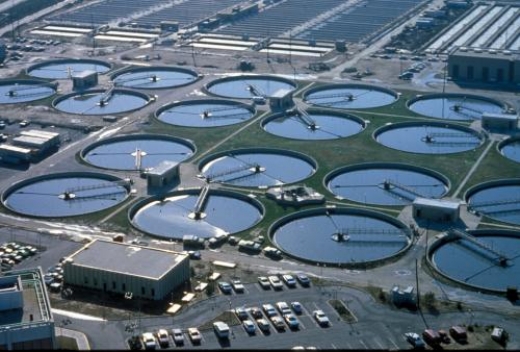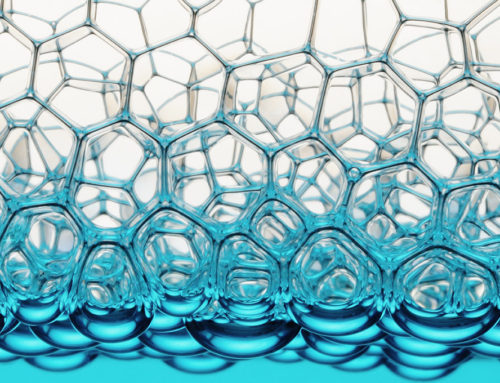We’re starting to get the message. Water and energy DO mix, and what you do to manage one will impact the overall use of the other. As an example, according to the California Energy Commision’s 2005 Repoprt, California’s Water-Energy Relationship , water-related energy use consumes 19% of California’s electricity, 30% of natural das, and 88 billion gallons of diesel fuel every year. That means that every time you use water, you are using embeded energy – the energy to have transported and treated the source water for end use. Even if you are in a city that reuses blackwater in the form of recycled water, there’s a good deal of energy use embedded in this effective water reuse strategy. Just moving the water from Northern California to Southern California through the State Water Project consumes 2% of total California energy use, as it pumps the water up and over the Tehachapi Pass.
At the same time, water is also embedded in energy production and use. In fact, thermonuclear power plants withdraws more water than any other use of water in the U.S., totalling 41% of all US water use. As we use energy, we are using the water embedded to produce it. As we use water, we are using the energy needed to transport and treat it.
Technologies that can reduce water or energy use are ultimately saving water. Bonus points go to NovaThermal Energy which Today a Philadelphia-based company, NovaThermal Energy, “announced its first U.S. project to warm a building with heat from sewage. The building, the Southeast Water Pollution Control Facility in Philadelphia, will house the 1 million BTU/hour unit in its basement, where it will directly access and transfer heat from an adjacent sewage channel. The wastewatergeothermal system combines a water source heat pump with a filtration device to transfer heat energy directly from sewage. By using the pipes already in the ground, the system eliminates the need to dig costly geothermal wells.”
Turns out this is not “wastewater” afterall, but a source of power! Poo power!







